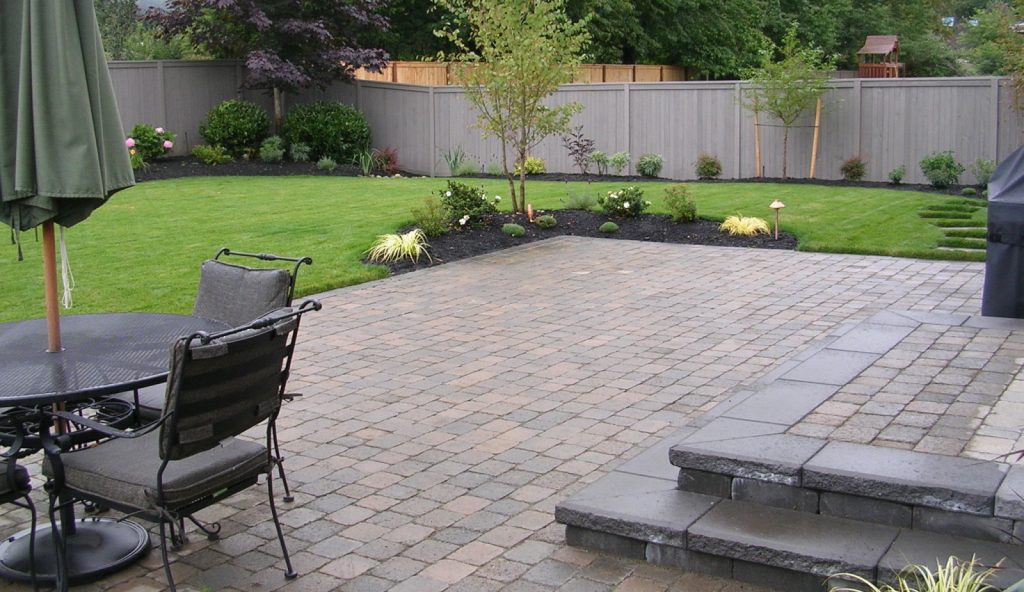Asphalt is largely the same, whether in a parking lot or a driveway. But the construction of pavement differs between the two. Most contractors can do both.
Reputable asphalt paving contractors with a good history of satisfied customers generally don’t sell themselves as residential-only or commercial-only. This is because the business of building driveways and commercial parking lots is quite similar, therefore most are able to do both. A commercial parking lot contractor can assuredly construct a quality driveway. A residential driveway contractor can build a quality parking lot.
That is not to say the two projects are interchangeable. They are not. The difference is in depth and drainage design.
By depth, we refer to the subgrade layer, below what is visible to the eye. Think of it as the supporting structure for the pavement surface. It starts with the natural earth or rock below the midlayer; this is the substrate, which being a factor of nature, varies in thickness. It needs to be free of soft spots, therefore the contractor will evaluate that layer and sometimes compact it by running a full, heavy truck over it or add clay or decomposed granite to firm that area up.
The physics of this, relative to a commercial versus a residential installation, is pretty straightforward. If the site will receive heavy vehicles, such as delivery trucks to a grocery store, the depth of the subgrade layer has to be thicker. In a commercial setting that will be four to six inches after compaction. For a residential driveway that will largely handle passenger vehicles, all other factors being equal, it would be less than that.
But the depth of the subgrade is only part of the story. Drainage design is critical in both types of applications, with commercial parking lots being much more complex.
A driveway will be built to accommodate one, sometimes two, lanes of traffic. As such it rarely will need a drainage system other than to have a sufficient slope for shedding rainwater. The formula for that – assuming that water can drain to both sides – is for the slope to be ¼ inch per linear foot from the crown (center peak) to the edge. For example, if the driveway is 16 feet wide, the crown-to-edge distance is 8 feet, therefore the drop from the center will be 2 inches on both sides.
Parking lots are generally larger and broader, which means the slope would have to be dramatic to avoid the formation of puddles (standing water tends to infiltrate pavements, which undermines the subgrade and leads to potholes). Instead, water can be channeled into a drainage system built below the surface before paving. Depending on municipal building codes and the extent of the project, a civil engineer may be required to design such a system.
To be clear, a pavement contractor’s equipment to install residential driveways is the same as what they’ll need for a commercial project.
But in both cases, the quality of the work is what matters. That includes the use of the right materials, applied to a well-considered design, and laid down in the correct time of year when temperatures accommodate hot asphalt: spring, summer and fall, but not winter when ambient temperatures fall below 50 degrees Fahrenheit.

